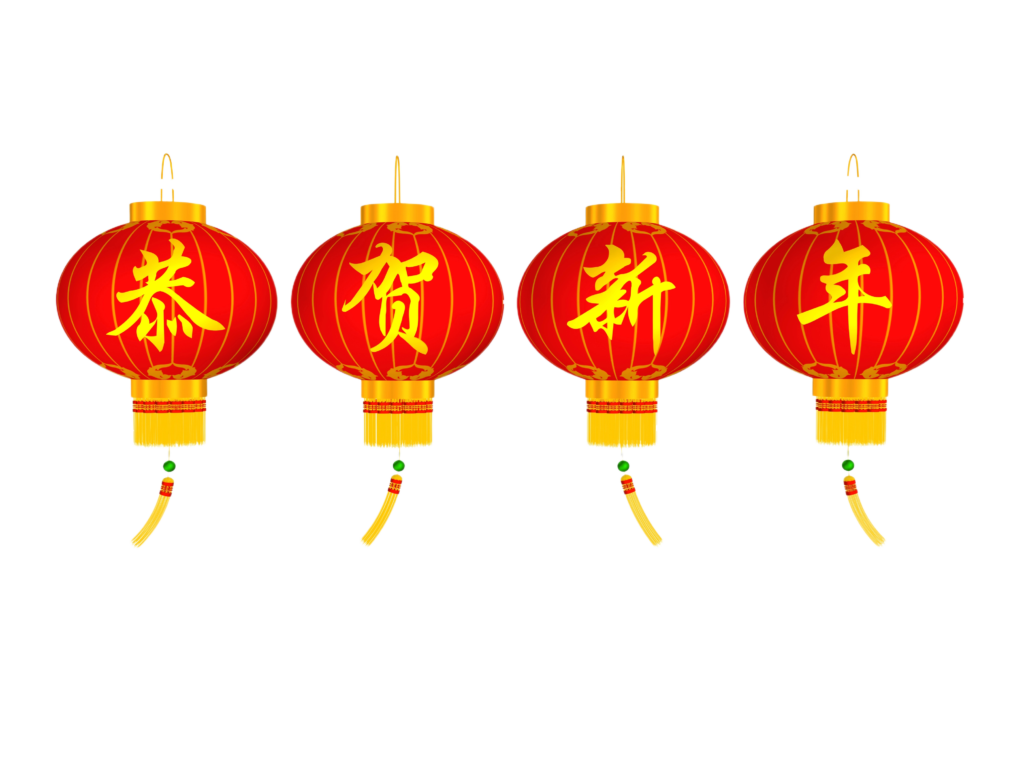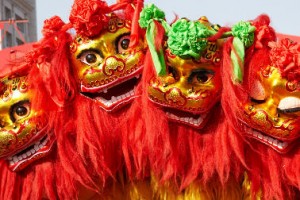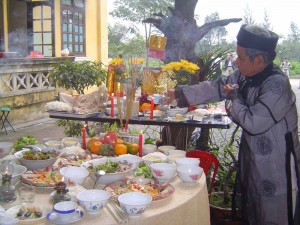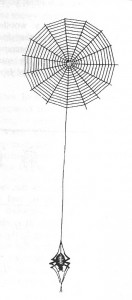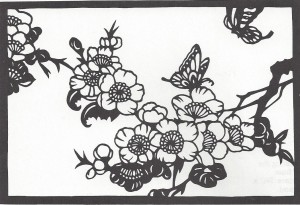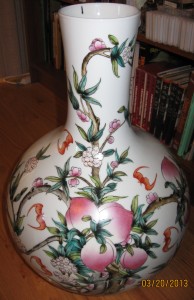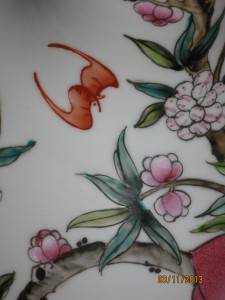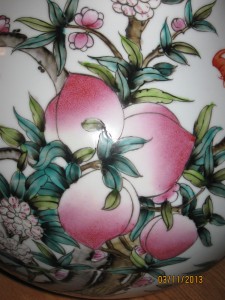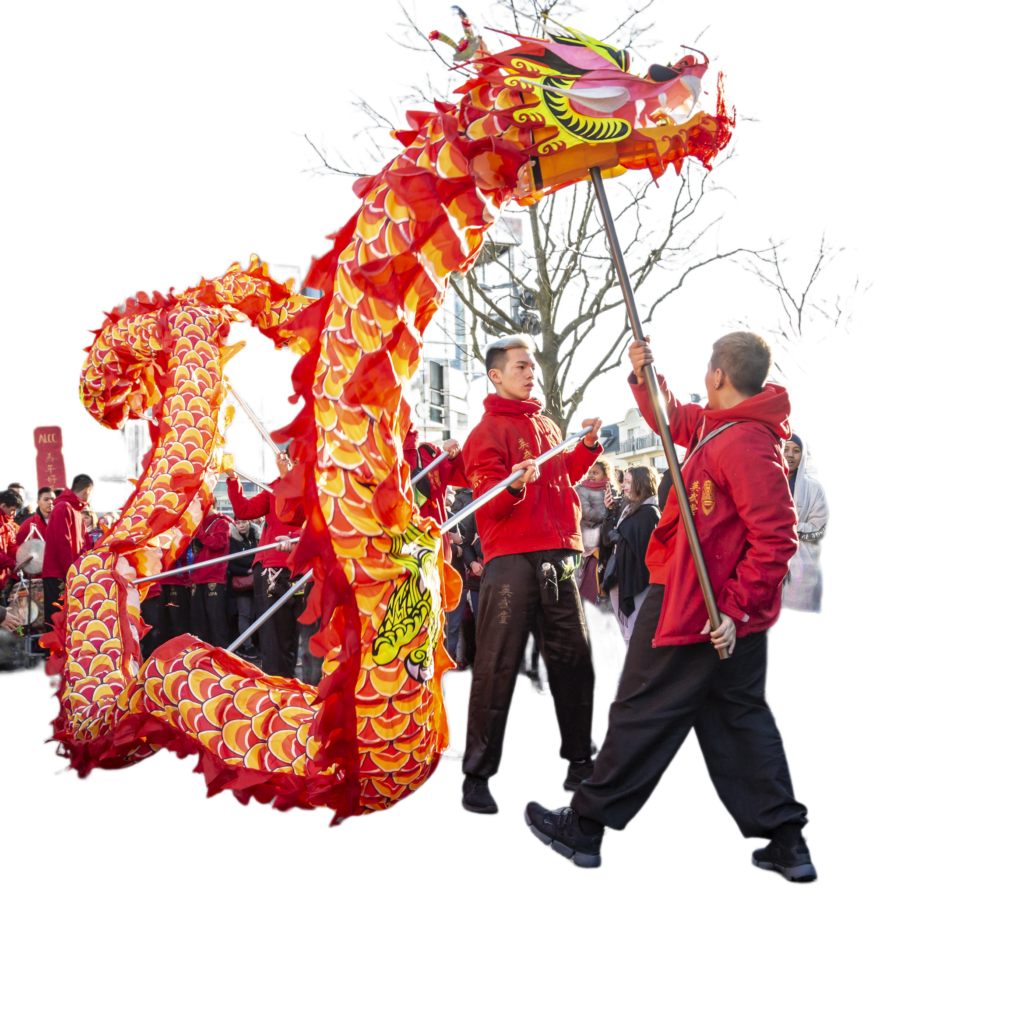
The color red is associated with fire—one of the five elements (metal, fire, water, wood and air). It is an auspicious color representing vitality, celebration, joy, luck, prosperity, and fertility. Who wouldn’t want their new year to start with such a positive and powerful color?
So, of course, it is the color most associated with celebrations, all celebrations. Its emphasis on prosperity includes fertility. Traditional Chinese weddings are fill with red—the bridge’s dress as well as the decorations.
Nevertheless, you do not want to write a congratulatory note using red ink for the couple’s names. Because, while red is a buoyant color, full of luck and prosperity for the future, it is not used to write people’s names. That’s considered rude and bad luck. There seems to be various possible reasons for this. There is the belief that the King of Hades had a book with everyone’s name in it—living and dead. And, he used red to mark through the names of people who were going to die. On earth, during the Imperial Period, convicted criminals who were to be executed also had their names highlighted in red. Plus, names on tombstones and ancestor tablets could be written in red. All of this association of red with dying made using red for names unlucky and inauspicious.
Except for being careful for using red with names, red is a wonderful, favorable, and auspicious color. So, enjoy decorating with red and giving out red envelopes (with money inside for the recipient as a gift) this New Year holiday!
*photos from depositphotos.com
For an historical Chinese adventure/mystery read The Mei-hua Trilogy by P.A. De Voe
